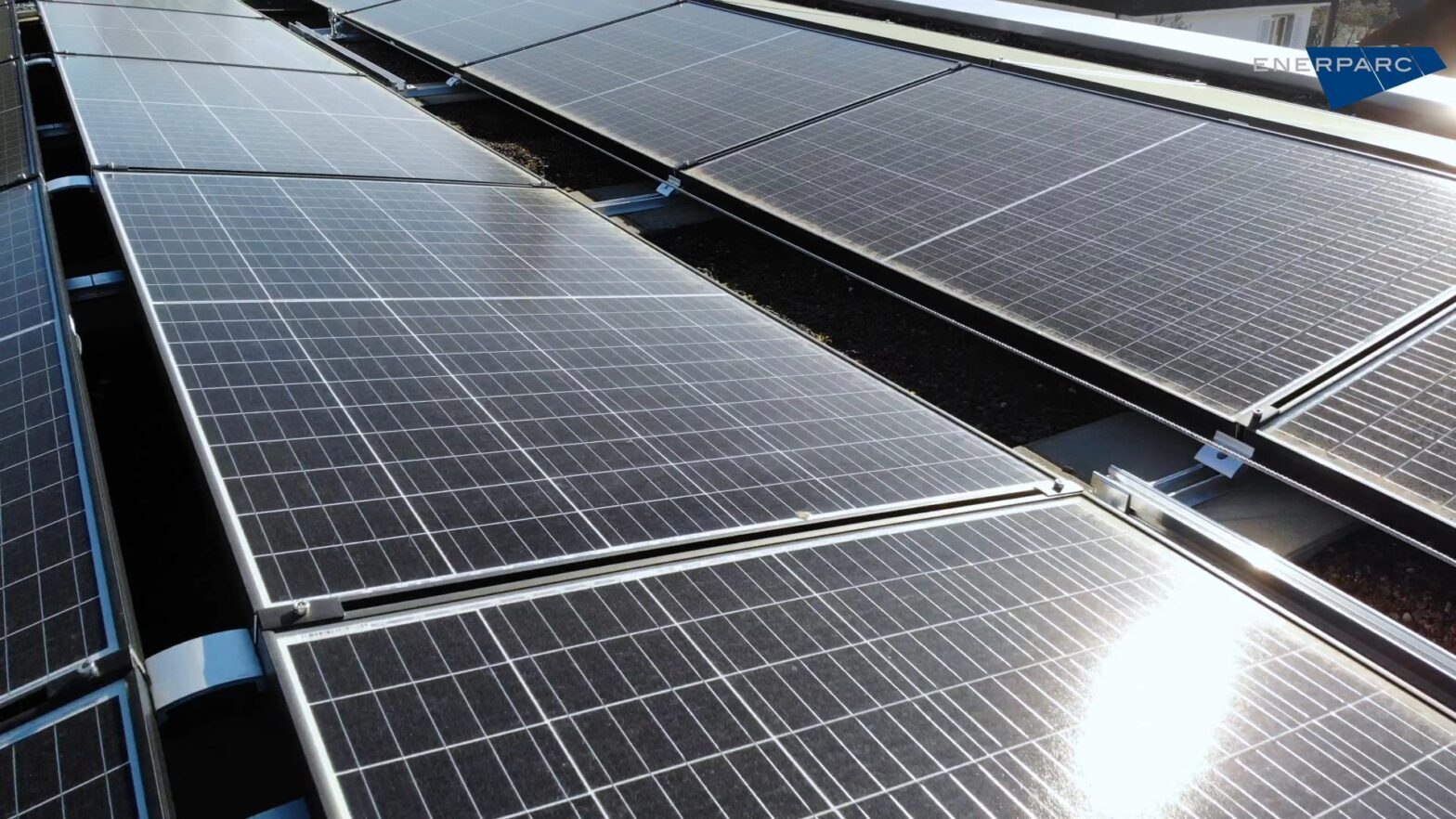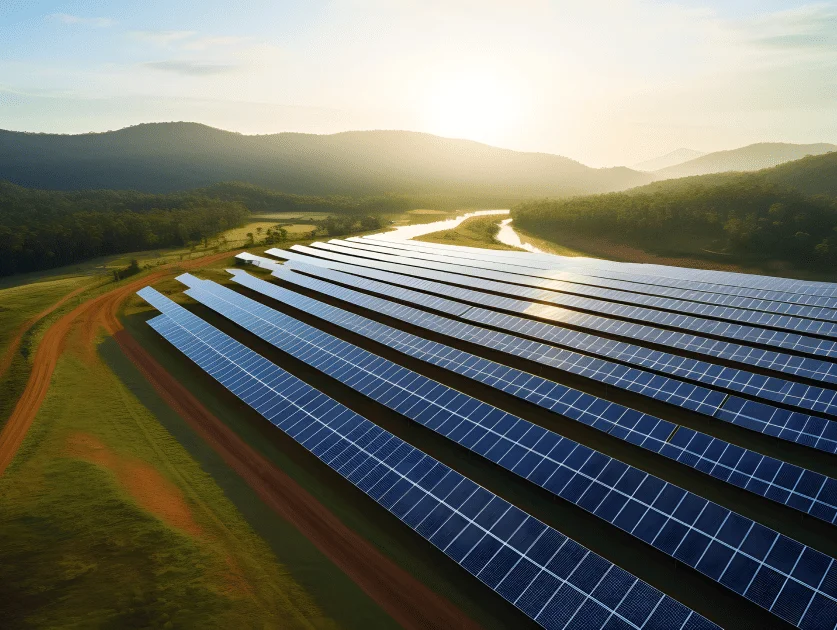The greenhouse effect has morphed from being a concept taught in schools to a commonplace term now being discussed urgently as the need to prevent runaway climate change attaches itself to corporations and individuals alike. Here, we break the term down and attempt to understand the implications of the greenhouse effect.
What is the Greenhouse Effect?
The term “greenhouse effect” comes from the simple greenhouse that is used to nurture a nursery of plants. In this setup, solar radiation passes through the transparent structure, warming the contents inside the greenhouse—the soil, the plants, etc. Since the structure is not laid open to the atmosphere, the gained heat is not lost through convection currents. The greenhouse effect occurs when the glass surfaces transmit visible light while remaining largely opaque to the longer wavelengths of infrared radiation.
The earth’s atmosphere operates under the umbrella of the same principle. Although unclear, the atmosphere’s role in warming the earth’s temperature, which results in global warming and climate change, can be attributed to being discovered by Joseph Fourier. However, it was Arrhenius who came closest to using the term as it is today. Much like the surface of a greenhouse, the earth’s atmosphere allows a majority of the visible light to pass through and reach the earth’s surface.
As the earth’s surface warms with this incident sunlight, it also radiates this heat outwards, into space. This outward radiation of heat lies in the infrared range of the light spectrum. This outward radiation is now reabsorbed by the atmosphere, allowing the earth’s surface to remain warm even when a portion of it is turned away from the sun’s direct rays. However, what allows the atmosphere to absorb this heat is the presence of greenhouse gases like carbon dioxide (CO2), methane (CH4), nitrous oxide (N2O), etc. These gases help trap the radiated heat onto the earth’s surface.
The Role of Greenhouse Gases in Climate Change
While the greenhouse effect is essential for maintaining Earth’s temperature, human activities have significantly increased the concentration of greenhouse gases in the atmosphere. The burning of fossil fuels, deforestation, and industrial processes have led to a sharp rise in CO2 and other emissions. As a result, global temperatures have increased by 0.5°C to 1.2°C since pre-industrial times.
The Intergovernmental Panel on Climate Change (IPCC) has emphasized the need to limit global warming to 1.5°C to avoid catastrophic consequences. Failure to do so could lead to:
- Rising sea levels due to melting polar ice caps, threatening coastal communities.
- Ocean acidification, disrupting marine ecosystems and life cycles.
- Increased frequency of extreme weather events, such as hurricanes and droughts.
- Resource shortages and the spread of diseases.
Global Efforts to Combat Climate Change
The situation, if left unchecked, evokes direct images of life on earth. COP24, the UN Climate Change Conference, discussed the reports and urged the governments of the world to ramp up investments and policies to support the large-scale adoption of green energy alternatives.
India’s Response to Climate Change
In the Indian context, the Government of India has projected that sea levels along the country’s coastline could rise by up to 2.8 feet by the end of the century.
The encouraging facet of the Indian market is that several industries are now keenly aware and attuned to the challenge of climate change that threatens to disrupt economic activity should operations carry on at a business as usual pace. Policies have supported the growth of alternative energy options, with a huge emphasis on solar energy plants in the recent past. However, it is of paramount importance to businesses and, in turn, to livelihoods that we stay steadfastly true to the task of adopting company-wide and even industry-wide sustainability agendas. It is the only true way to honor the commitment of promise that Enerparc made to our future generations.
Conclusion
The greenhouse effect, though natural, has been enhanced by human activities, resulting in global warming and climate change. It needs to be addressed by all, from governments and industries to individuals. By embracing sustainable practices and investing in green energy, we can reduce the effects of climate change and ensure a better future for everyone.
Take Action with Enerparc – A Leading Solar Energy Company
Looking for solar energy suppliers to help your business transition to clean energy? Enerparc offers advanced solar energy solutions that enable industries and communities to reduce their carbon footprint while maximizing energy efficiency.
Join the movement toward a sustainable future. Explore our solutions at Enerparc!





